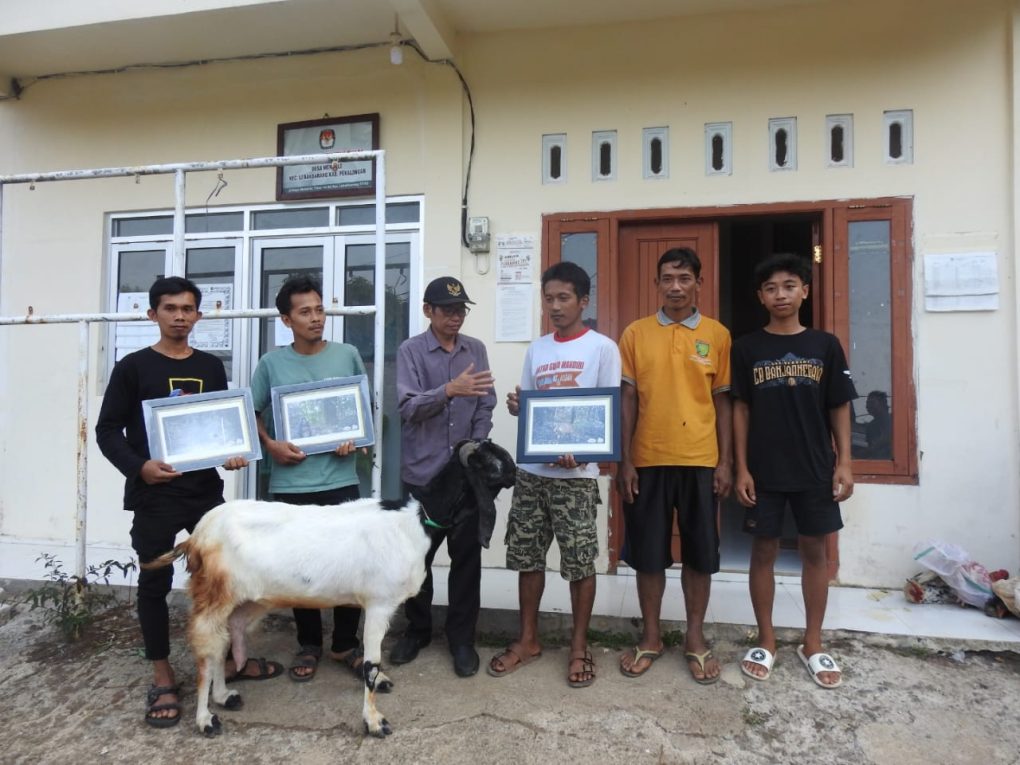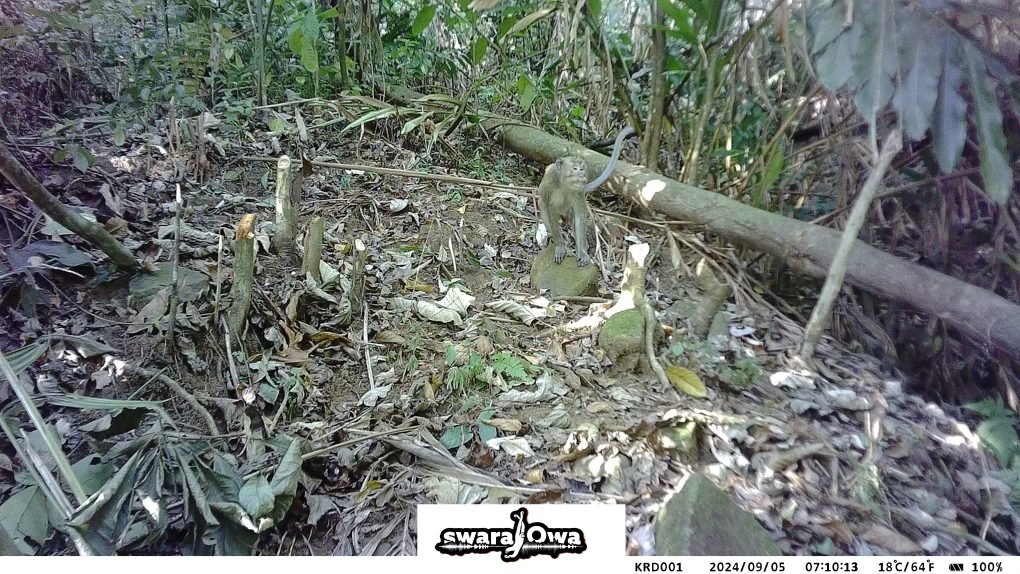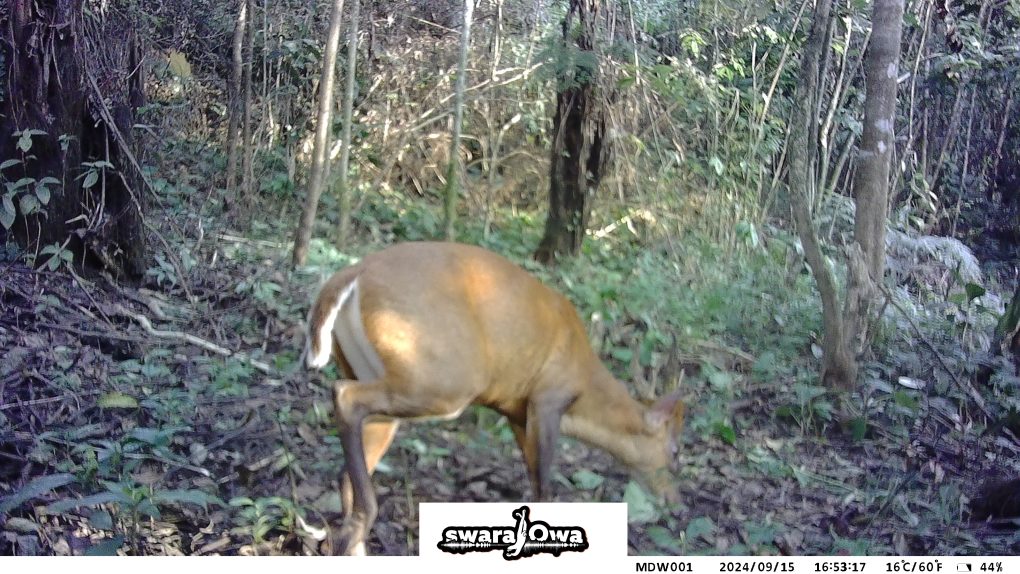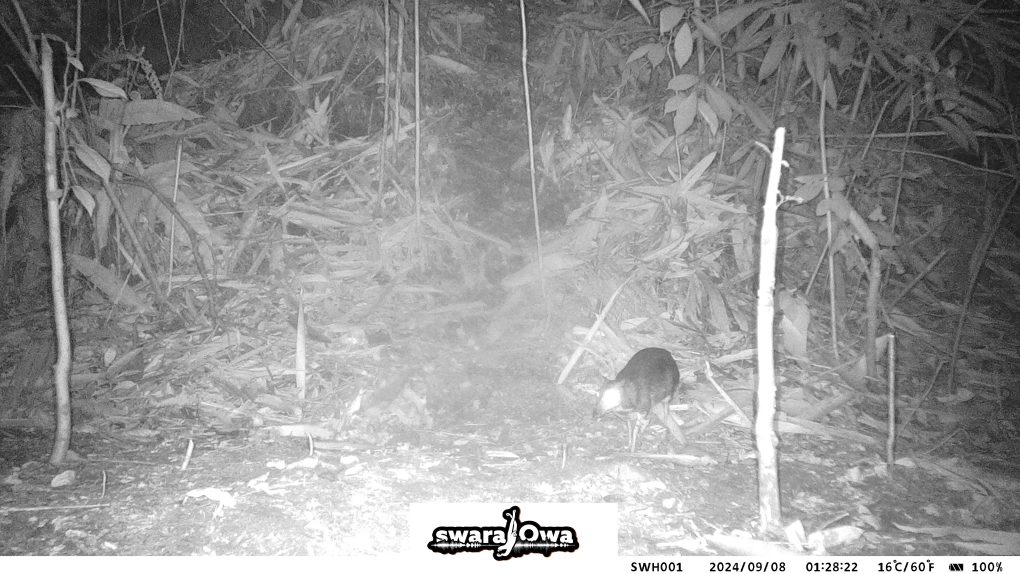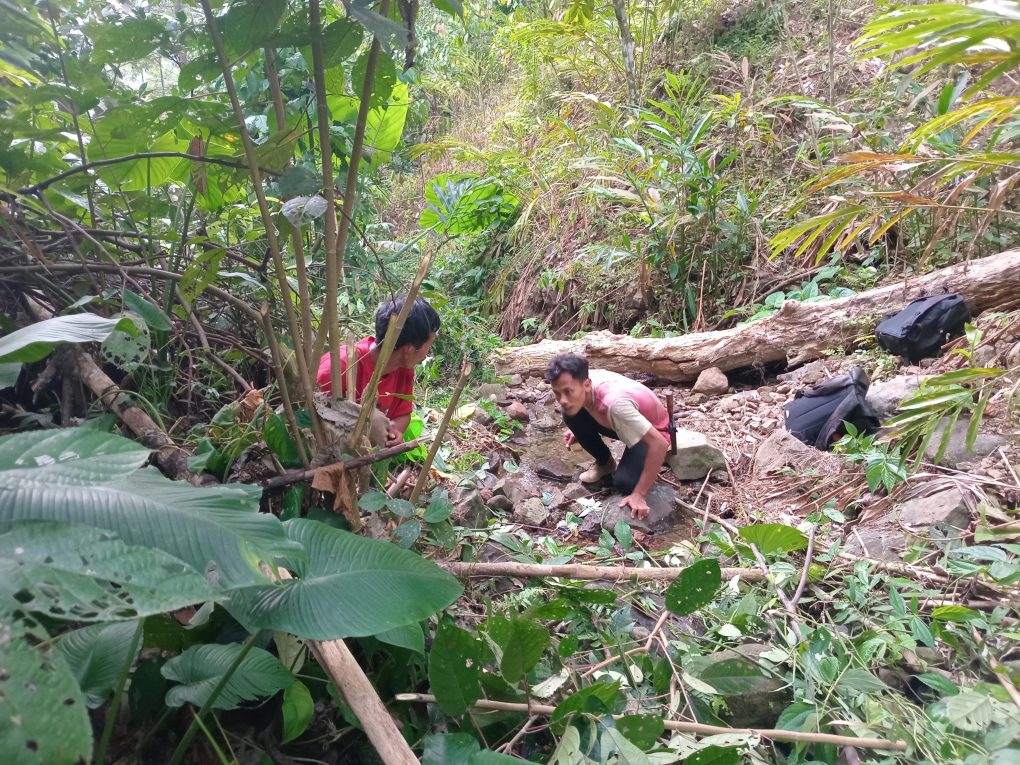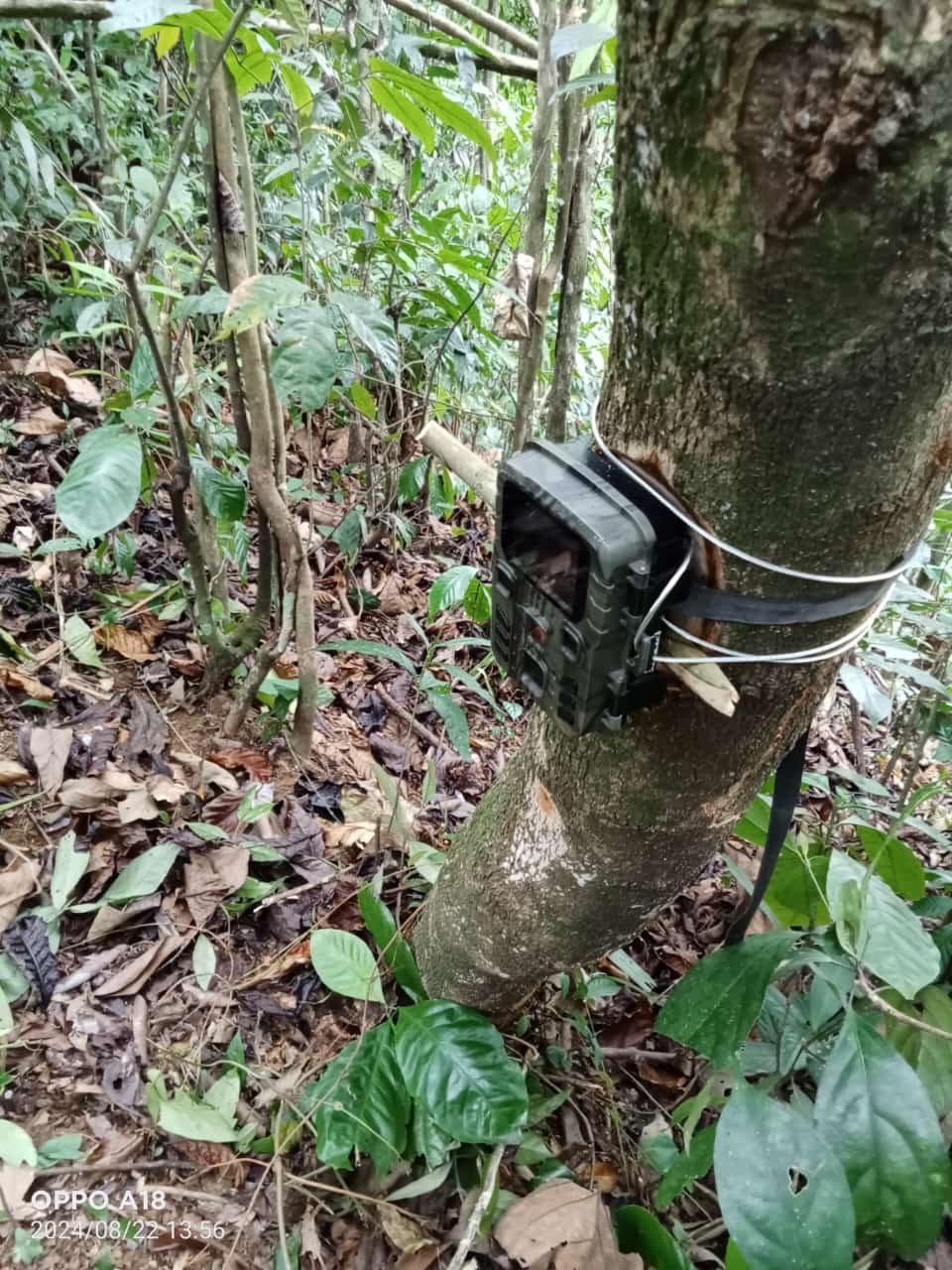by : Kurnia Ahmaddin
The mountainous forests of Pekalongan are one of the remaining biodiversity pockets on the island of Java. However, changes in landuse and forest fragmentation still threaten the sustainability of the animals that live in them (Setiawan et al, 2012). The latest survey regarding forest fragmentation in this area shows the potential for reducing the structure of the main forest blocks into smaller parts (Widyastuti et al, 2023). To reduce the rate of habitat destruction, education and monitoring of wildlife at the community level around forest blocks is needed (Horwich & Lyon, 2007).
We are collaborating with PPM Mendolo, as one of the local communities in this area, taking the initiative to invite Mendolo village residents to recognize and monitor wild animals in their village. Furthermore, we package these two goals in the form of a biodiversity competition to encourage residents around the forest to document and recognize wildlife. This competition was attended by community representatives from each hamlet in Mendolo Village to install camera traps. Competition activities will be held from 8 August to 18 September 2024 with a total of 25 installation days. At the end of the series of competition events, we gave away goat as an appreciation for participation to all participants.
As a first step in expanding awareness of wildlife to the wider community, this activity received quite a lot of enthusiasm from the community. Within a period of 25 days, 16 camera trap points were recorded which were installed independently by 11 people from representatives from all hamlets. We have provided participants at the start of the competition with how to install and use camera traps and the ‘kobotoolbox’ application for recording spatial information. We calculate points based on daily points obtained from animal pictures. Meanwhile, the value of the animals obtained is that we rank the types of animals based on the level of difficulty of encountering the animals. The more difficult the animal encounter, the greater the points earned.
The results of obtaining images of wild animals caught by camera traps were also interesting, they were able to record Rekrekan (Presbytis fredericae), Long-tailed monkey (Macaca fascicularis), Muncak deer (Muntiacus muntjak), Wild boar (Sus scrofa), Mouse deer (Tragulus kanchil), Javan porcupine (Hystrix javanica), Javanese Garangan (Urva javanica), 2 species of treeshrew, 1 species of squirrel and 1 species of rat. The hamlets that have the right to win 1st place are Sawahan and Mendolo Kulon hamlets because the points obtained by both hamlets are the same. Meanwhile, the 2nd place winner was Mendolo Kulon hamlet and Kradegan was the 3rd place winner. In appreciation for the 1st winner, we gave 1 goat to each hamlet. We also gave 2 pairs of cockerels to Mendolo Kulon hamlet and 6 pairs of free-range chickens to Kradegan hamlet.
Closing the competition event, we evaluated the camera installation and looked at the resulting images together at the Mendolo village office. The event was opened by the chairman of PPM Mendolo as the organizer’s representative, followed by remarks by Mr. Kaliri as the head of Mendolo Village. In closing, we had a short discussion about the function of wild animals in nature and continued with the distribution of competition prizes. This series of events can be held well with initiatives from the local community and support from the village government. From this small step, we have great hopes that Mendolo village will become one of the wildlife friendly villages in Indonesia, by recognizing the biodiversity around the village, taking inventory means a step protecting the village’s own assets.
Literature cited
Setiawan, A., Nugroho, T. S., Wibisono, Y., Ikawati, V., & Sugardjito, J. (2012). Population density and distribution of javan gibbon (Hylobates moloch) in Central Java, Indonesia. Biodiversitas, 13(1), 23–27.https://doi.org/10.13057/biodiv/d130105
Widyastuti, Salmah., Farajallah, Dyah P., Lilik, B. P., Iskandar, Entang. 2023. The Javan Gibbon (Hylobates moloch) Habitat Changes and Fragmentation in the Dieng Mountains, Indonesia. Jurnal Manajemen Hutan Tropika, 29(2), 150-160, August 2023
Horwich, Robert H and Lyon, Jonathan. 2007. Community conservation: practitioners’ answer to critics. FFI: Oryx, 41(3), 376–385
